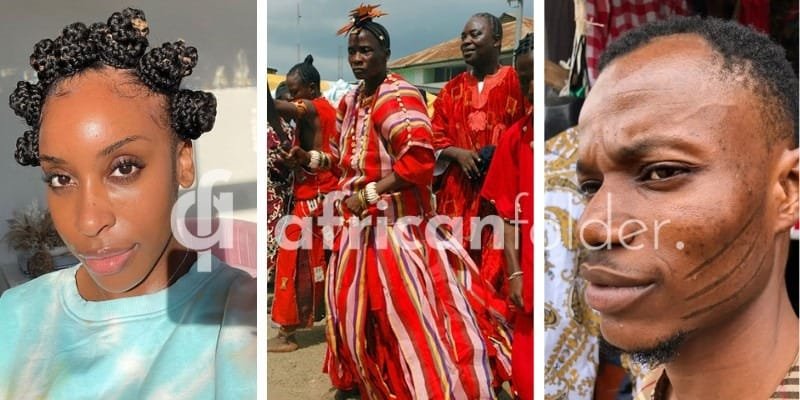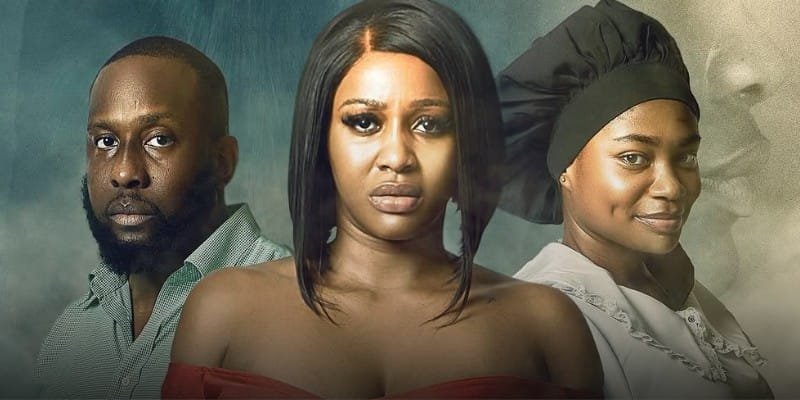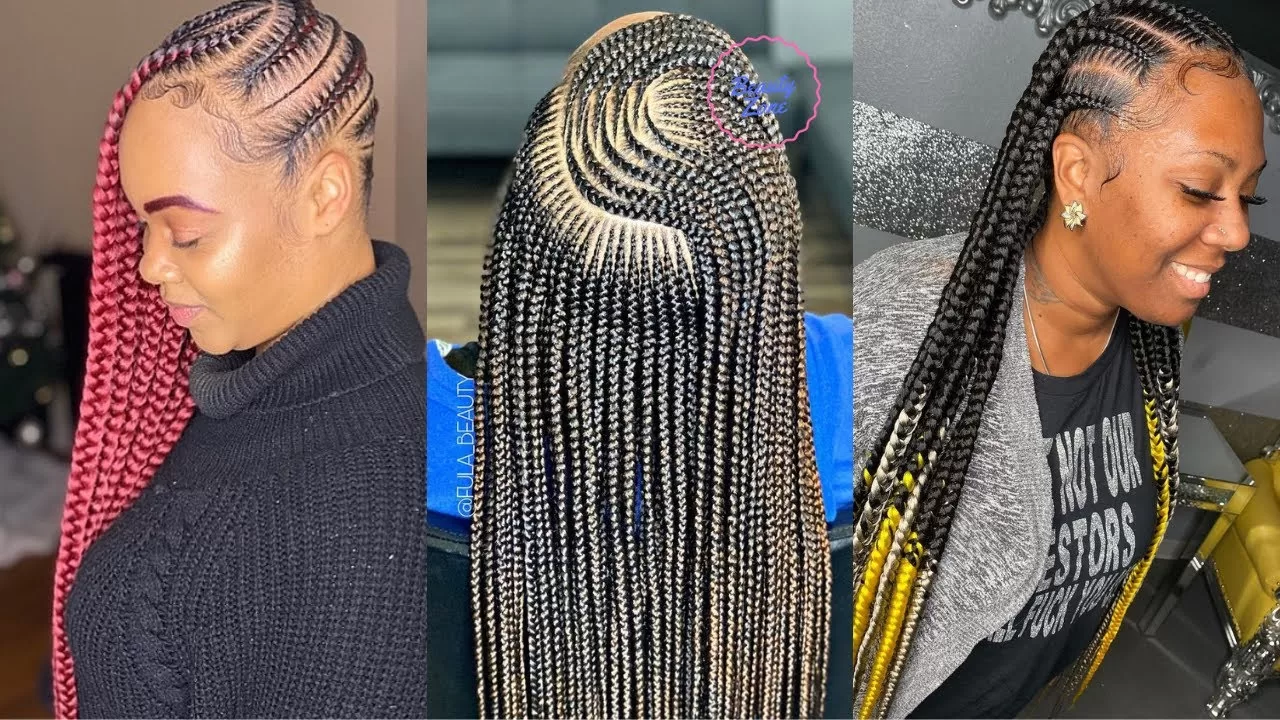In Africa, where diverse and rich cultural expressions abound, visual communication in which meaning is derived through aesthetic, non-verbal communicative expressions is ultimately subjective to respective cultural paradigms.
The aforementioned and this article as a whole can be propagated by referencing the culture-dependent theory of visual communication, which opines that different cultures have different expectations about what is considered visually appealing, which can influence how images are used to communicate messages.
Narrowing it down to the African context, conveying meaning to evoke emotional response via visual components such as signs, symbols, patterns, images, colours, and even typography is one that dates back to the ancient Precambrian cratons that essentially formed what is known as Africa today.
These components that contextually make for indigenous visual communications are manifested through and not limited to these examples:
- Clothing
- Body Adornment
- Hairstyles
- Tribal Marks
Clothing
Africa is reputed to be the second largest continent in the world and is vastly known for its rich cultural tapestries, one of which is its myriad of colourful, handwoven attire that spread across a plethora of ethnic groups.
Each African attire is unique to its respective ethnic group and usually transcends aesthetic attractions, broadened for the utility of conveying insightful meanings grounded in cultural identity, hierarchy, spirituality, etc.
Contextually, traditional attires are cogent means of non-verbal communication.
They are multifaceted forms of art which convey abstracts that align with the cultural or indigenous sentiments of an individual or individuals.
These indigenous sentiments or meanings are innately decoded through visual communication elements such as semiotics (signs and symbols), colours, and patterns embedded in several African hand-woven attires.
Semiotic function in Clothing as a visual means of communication
Semiotics, by definition, is the study of signs and symbols and their subsequent use or interpretation.
Very rarely does a sign or symbol imprinted on a traditional fabric carry mundane or empty meanings.
Signs and symbols are very popular visual communication elements used to convey messages. Some of these messages are usually cryptically decoded and, in the long run, decipherable to the culturally affiliated.
A good example is the Western African Adire from the Yoruba tribe in Nigeria, whose conscientiously crafted and recurring motifs contain symbols, geometrical signs, and sometimes totems aimed at depicting certain significant meanings, such as pre-historic references or traditional folklore ultimately centred around the wealth of cultural identity.
Pictorial Excerpts of Adire

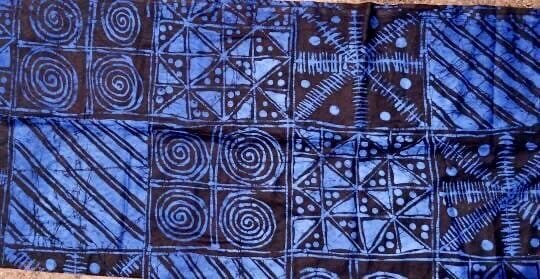

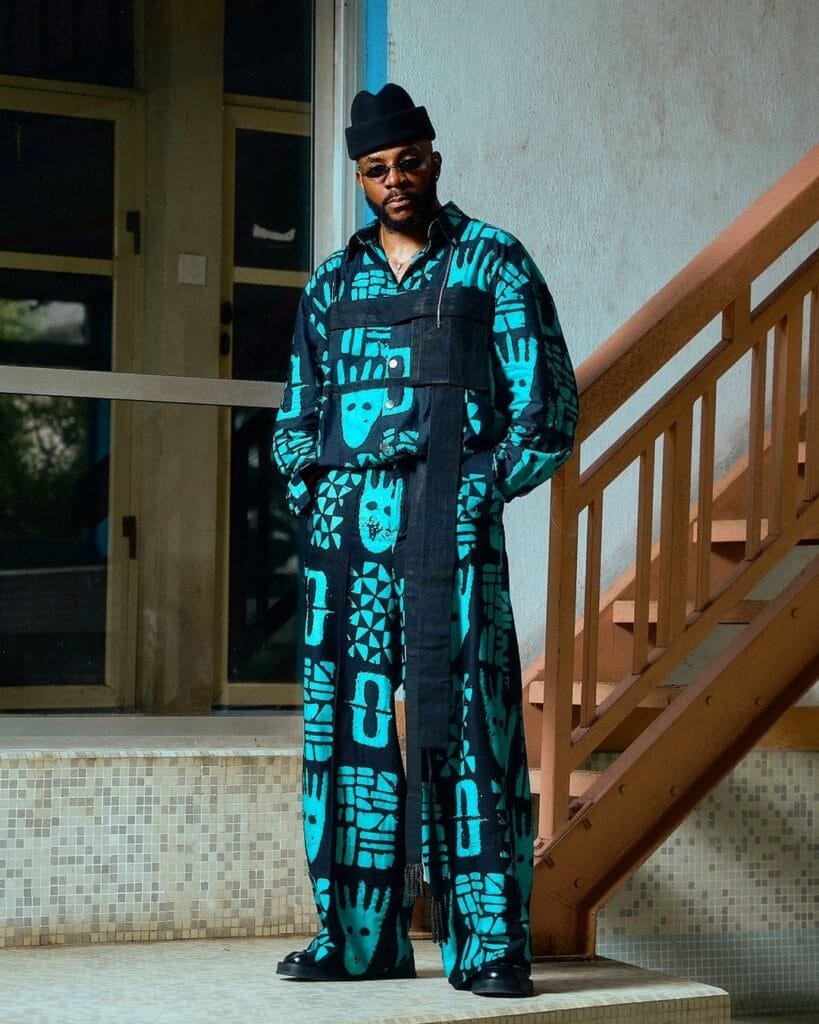
Colour functions in Clothing as a visual means of communication
The communicative role of hue in African fabric can not be overstated. An attire’s colour in indigenous context is often a potent means of conveying cultural identity and an individual’s frame of mind.
A good example of how colour conveys cultural identity is seen in the religious worship of the Yoruba Orisha (deity) of thunder and lightning, Sango.
Sango worshippers are usually clothed in the colours red and white and are more than recurring hues.
The colour red in the context of Sango worship represents blood, fire, and danger. While the colour white represents a balanced contrast of purity. The dual colours represent and subtly communicate the dynamic nature of Sango.
Pictorial Excerpts of Sango Worshippers in the customised attire colour
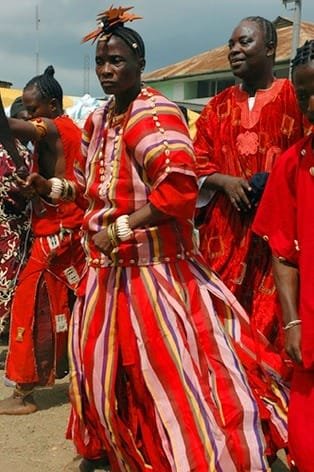
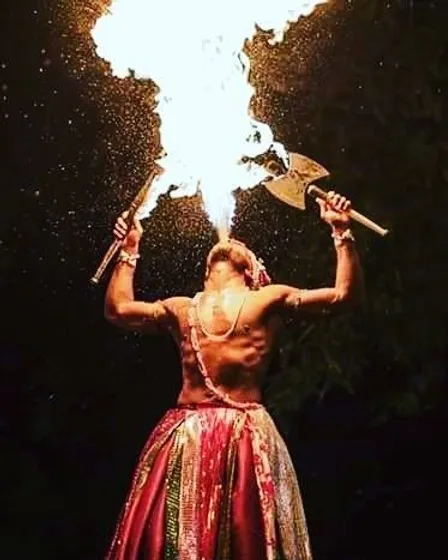
Body Adornment
Rooted in the genealogies of Africans is the significant usage of body adornments such as elaborate head ties, necklaces, cowries, and beads to convey messages.
These body adornments are often symbols of wealth, power, religious affiliations, and social status.
One such example is In the red beads worn by traditional rulers such as kings (Oba) and chiefs (Oloye).
The red bead, a symbol of authority, particularly In the Yoruba monarchical system of government, worn around the neck, it announces itself.
Based on the power threshold, the size and shape of beads differ.
The King’s bead size is usually bigger than those of his chief, which in the long run re-enforces the King’s position as leader of his people.
Also, the King’s crown is beaded as a long veil-like strand that sort of serves as a reminder not to look directly at the King’s face, especially when he is in possession of a powerful figurine.
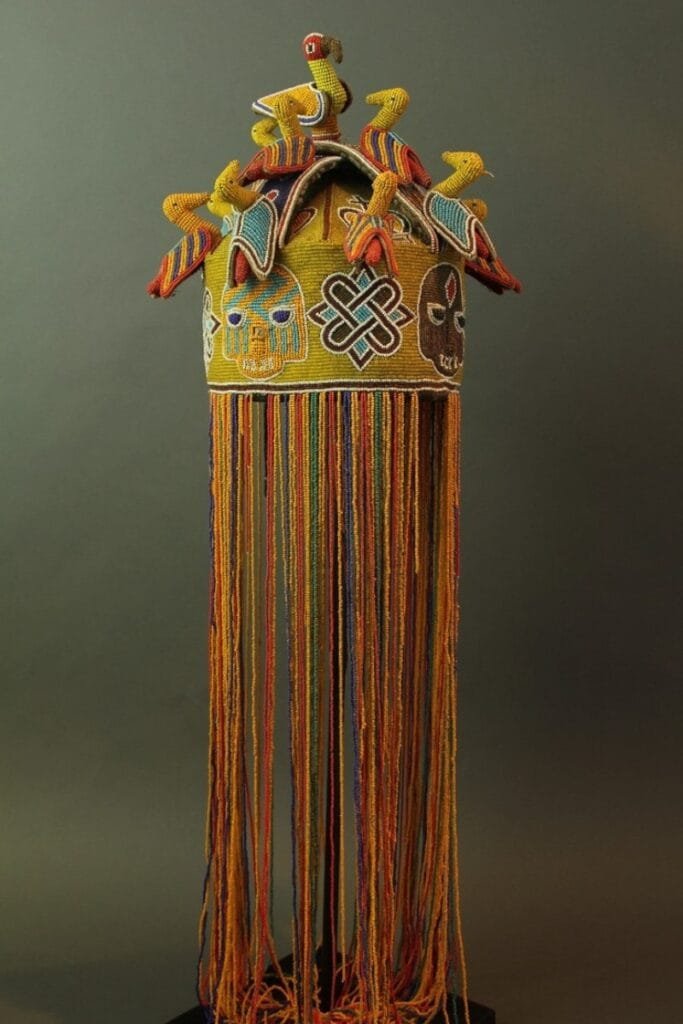
Another tangible example of the visual communicative role of body adornments in a traditional society is in the indigenous head ties worn mostly by women from the southern western parts of Nigeria, which is popularly known as ‘The Gele’.
The gele instantly strikes an image of beauty, style, ethnic identity, and class.
Hairstyles
In Africa, certain hairstyles communicate the dawn of a woman’s maturity, boldly showcasing the transcendence from girlhood to womanhood.
Such is seen in Eastern African tribes like the Masaii and West African equivalents like the Yoruba tribe.
Also, hairstyles communicate beauty and pride, and some are a by-product of colonial eras, such as seen in the South African ‘Bantu Knots’.
The Bantu knots are originally from the Zulu Kingdom in South Africa, and they represent not just beauty and pride but, in a way, cultural reclamation.
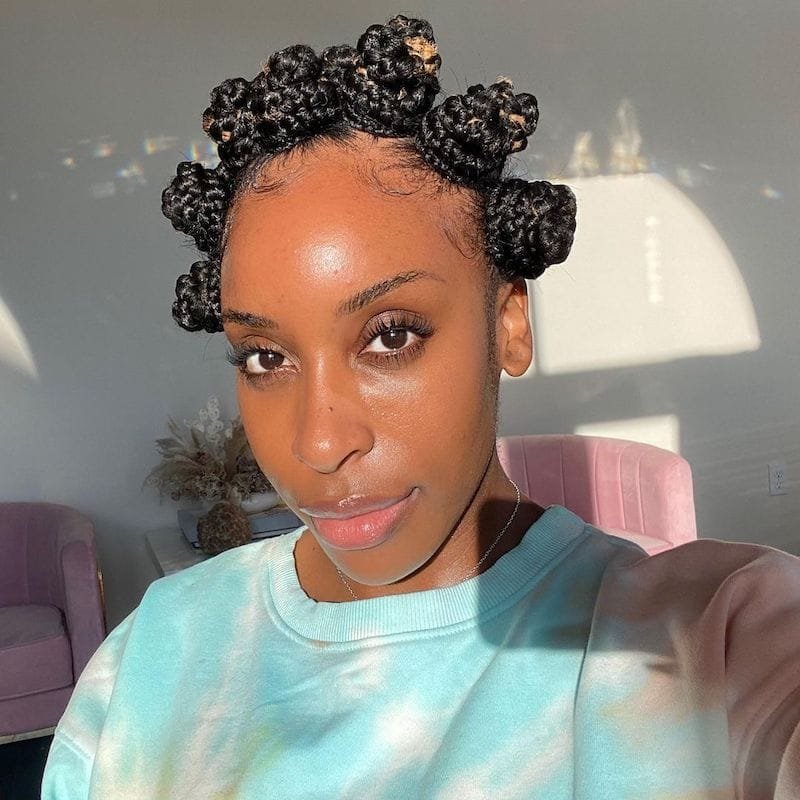

Cultural reclamation in the sense that the word ‘Bantu’, which originally in Zulu simply means ‘people’, was once denigrated by the Dutch colonial masters to be an abrasive term used to marginalise the black South Africans.
After gaining freedom, the people were able to restore its meaning to the original context (‘People’). Inadvertently, the hairstyle is an indicator of the South African people’s rich culture and tradition.
Tribal Marks
Tribal Marks, one of the examples of visual communication in the African indigenous communication system, are arguably close to extinction.
This is due to urban civilisation, as many Africans now consider the act to be an extreme approach to communicating tribal identity and beauty.
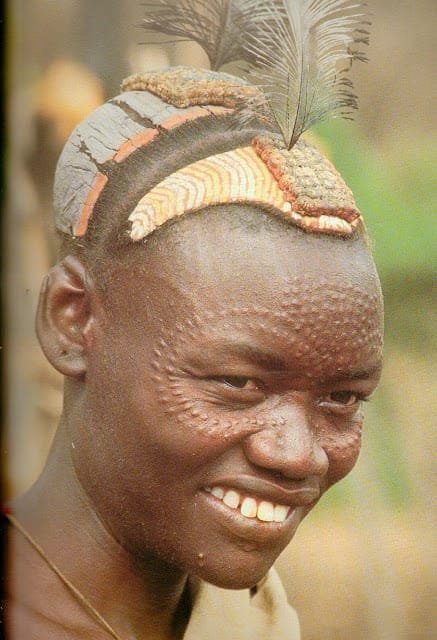
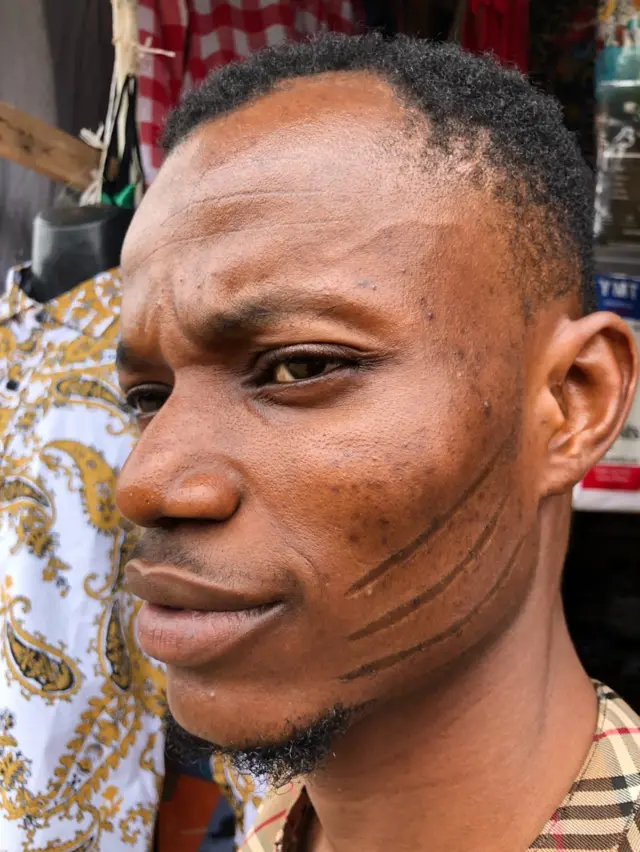
There was a time when tribal marks were rampant amongst African societies, as they were strongly perceived as an aesthetic and also a means of cultural identification.
Different tribes have different tribal marks, and the meanings vary respectively but are ultimately aligned at performing the same task: visual communication.







